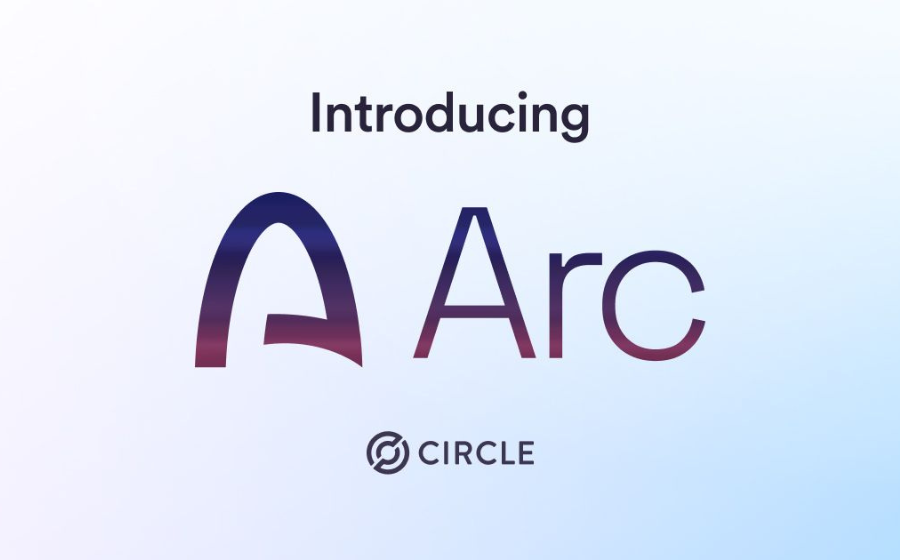
KEYTAKEAWAYS
- Towns airdrop gave community builders only 3% allocation while centralized exchange users received majority of supposedly community-focused token distribution rewards.
- Top scorers with millions of accumulated points received minimal token rewards, with highest earner getting just $600 worth despite extensive platform engagement.
- Community backlash highlights growing disconnect between Web3 projects' decentralized promises and their centralized decision-making favoring exchange partnerships over loyal users.

- KEY TAKEAWAYS
- THE TOWNS PROJECT OVERVIEW
- AIRDROP ALLOCATION BREAKDOWN REVEALS TROUBLING PATTERNS
- TOP SCORERS RECEIVE MINIMAL REWARDS
- CENTRALIZED EXCHANGE USERS OUTPERFORM COMMUNITY BUILDERS
- COMMUNITY BACKLASH AND TRUST EROSION
- IMPLICATIONS FOR DECENTRALIZED DEVELOPMENT
- LESSONS FOR FUTURE PROJECTS
- LOOKING FORWARD
- DISCLAIMER
- WRITER’S INTRO
CONTENT
Towns project’s $46M airdrop sparks community outrage as early supporters receive minimal rewards while exchange users get larger allocations, raising Web3 decentralization concerns.

The cryptocurrency landscape witnessed another contentious airdrop launch recently when Towns, a project backed by a16z Crypto with $46 million in funding, finally initiated its Token Generation Event (TGE). What should have been a celebration for early adopters turned into a community outcry, raising fundamental questions about fairness, decentralization, and the true value of community engagement in Web3 projects.
THE TOWNS PROJECT OVERVIEW
Towns emerged as an ambitious social platform project that promised to revolutionize online communities through blockchain technology. With substantial backing from one of the most prestigious venture capital firms in crypto, a16z Crypto, the project raised significant expectations among early participants who believed they were contributing to the next big thing in decentralized social networking.
The platform allowed users to create and join various “towns” – community spaces where members could interact, share content, and build relationships. Users accumulated points through daily check-ins, content creation, community building, and various engagement activities. These points were positioned as the primary metric for determining airdrop eligibility and allocation amounts.
For months, dedicated community members invested time and energy into the platform. They created content, invited new users, maintained active participation, and even paid fees to join premium towns. The implicit promise was clear: early supporters and active contributors would be rewarded proportionally through the upcoming token distribution.
AIRDROP ALLOCATION BREAKDOWN REVEALS TROUBLING PATTERNS
When the dust settled on Towns’ airdrop announcement, the allocation breakdown painted a starkly different picture than what community members expected. According to detailed analysis from community researchers and blockchain data, the 9.8% allocation supposedly reserved for community distribution was divided as follows:
- Community points holders: approximately 3%
- Binance holder users: approximately 3%
- Binance Alpha program participants: 1-2%
- Other centralized exchange activities: remaining percentage
This distribution immediately raised eyebrows. Despite months of community building and point accumulation, actual community participants received only about 30% of what was marketed as “community allocation.” The majority went to users who had minimal or zero historical engagement with the platform but happened to meet certain centralized exchange criteria.
TOP SCORERS RECEIVE MINIMAL REWARDS
Perhaps the most shocking revelation came from analyzing the top ten addresses on the Towns points leaderboard. These users, who had accumulated millions of points through consistent engagement, received surprisingly modest token allocations:
The highest-scoring address with over 15 million points received approximately 14,312 TOWNS tokens, worth roughly $600 at launch prices. Even more concerning, several addresses in the top ten rankings were deemed ineligible for any airdrop whatsoever, apparently flagged as “sybil attacks” or bot accounts despite their extensive activity history.
The fourth-ranked address fared best among the top scorers, receiving 150,000 tokens worth approximately $6,000. However, when considering the time investment and potential costs associated with joining premium towns to accumulate such high point totals, even this allocation likely resulted in negative returns for the user.
CENTRALIZED EXCHANGE USERS OUTPERFORM COMMUNITY BUILDERS
The contrast between community contributors and centralized exchange users became even more pronounced when comparing individual allocations. Long-time community members who spent months building their towns, creating content, and engaging daily often received fewer than 1,000 tokens. Meanwhile, users who simply met Binance Alpha requirements without prior Towns engagement received 1,359 tokens.
This disparity highlighted a troubling trend in recent project launches where centralized exchange partnerships take precedence over genuine community building. Projects appear increasingly willing to sacrifice early supporter loyalty to secure prominent exchange listings at launch.
COMMUNITY BACKLASH AND TRUST EROSION
The reaction from the Towns community was swift and largely negative. Social media channels filled with complaints from users who felt betrayed by the allocation methodology. Common grievances included:
- Disproportionate point-to-token ratios that seemed arbitrary
- Legitimate users being incorrectly flagged as sybil attacks
- Lack of transparency in the selection criteria
- Additional staking requirements to receive full allocations
- Overall feeling that community contributions were undervalued
Many participants expressed that their months of dedicated engagement felt worthless, with some questioning whether they would continue participating in similar projects in the future. The controversy extended beyond individual disappointment to broader questions about the sustainability of community-driven development in Web3.
IMPLICATIONS FOR DECENTRALIZED DEVELOPMENT
The Towns airdrop controversy represents more than just one project’s execution failure. It exemplifies a growing disconnect between Web3 projects’ decentralized rhetoric and their centralized decision-making processes. When projects consistently prioritize exchange partnerships over community contributions, they undermine the fundamental principles that attracted users to decentralized platforms in the first place.
This approach creates perverse incentives where speculative participants who game multiple airdrops simultaneously often outperform genuine community members who focus their efforts on single projects. The result is a race to the bottom where authentic engagement becomes economically irrational.
LESSONS FOR FUTURE PROJECTS
The Towns situation offers several important lessons for future project launches. First, transparency in allocation methodology should be established and communicated clearly before community members invest significant time and resources. Second, projects must develop better mechanisms for distinguishing between genuine contributors and automated farming operations.
Most critically, projects need to recognize that sustainable success requires nurturing dedicated communities rather than pursuing short-term exchange listing benefits. Users who receive meaningful rewards for their contributions are more likely to become long-term advocates and continued platform users.
LOOKING FORWARD
While the immediate aftermath of the Towns airdrop has been marked by community disappointment, the project’s future will largely depend on how leadership responds to this feedback. Successful recovery would require acknowledging the allocation issues, implementing more equitable distribution mechanisms for future rewards, and demonstrating genuine commitment to community value creation.
The broader crypto ecosystem will be watching to see whether Towns can rebuild trust with its core user base or if this controversy marks the beginning of a longer decline in community engagement. For other projects in development, the Towns experience serves as a cautionary tale about the importance of aligning token distribution with stated community values.
The path forward for Web3 projects requires balancing the practical necessities of exchange partnerships with the foundational promise of decentralized, community-driven development. Only by honoring both aspects can projects hope to build sustainable, long-term success in an increasingly competitive landscape.















